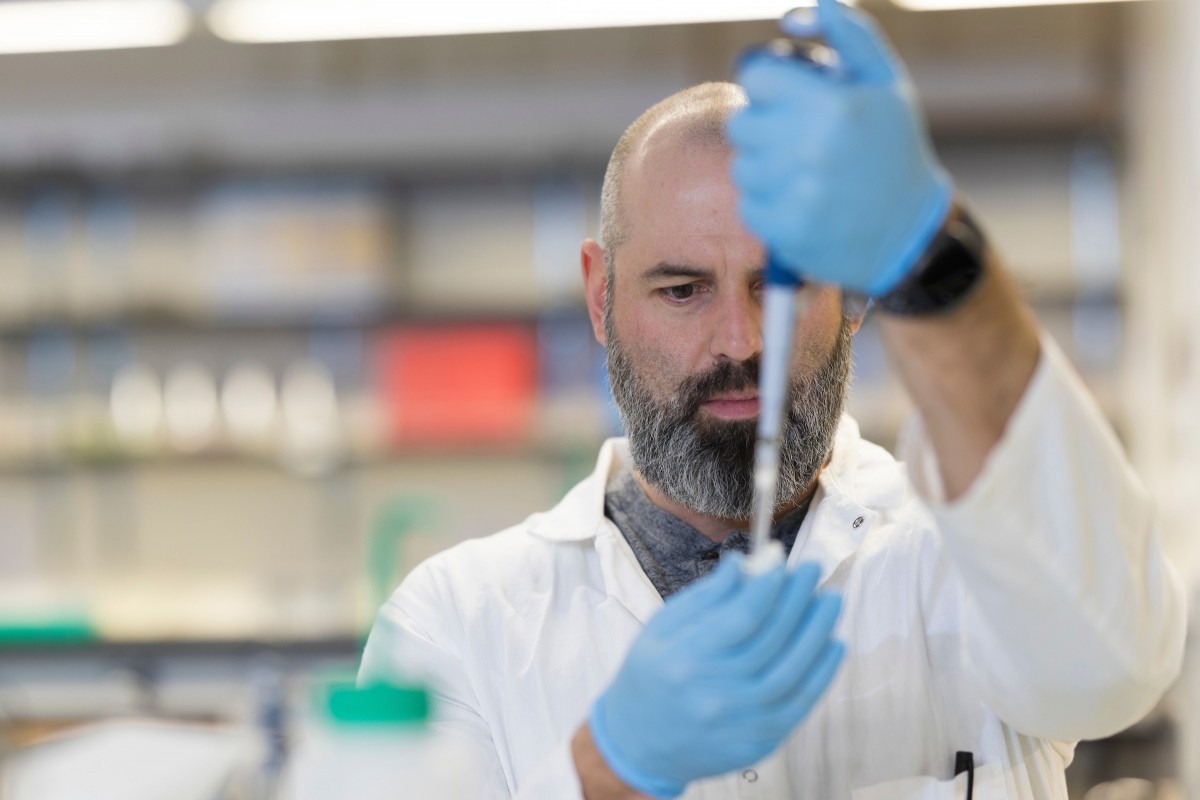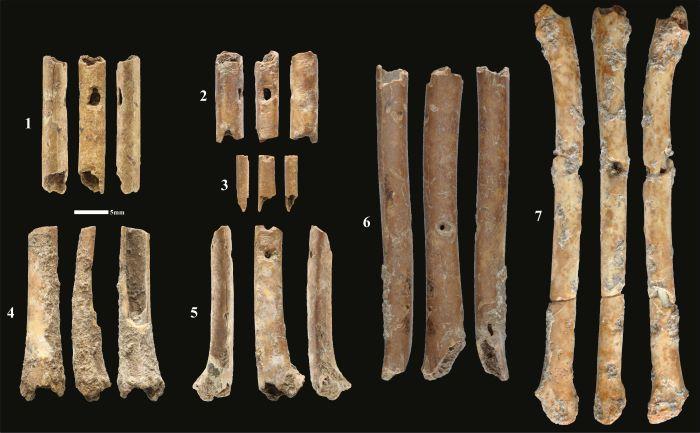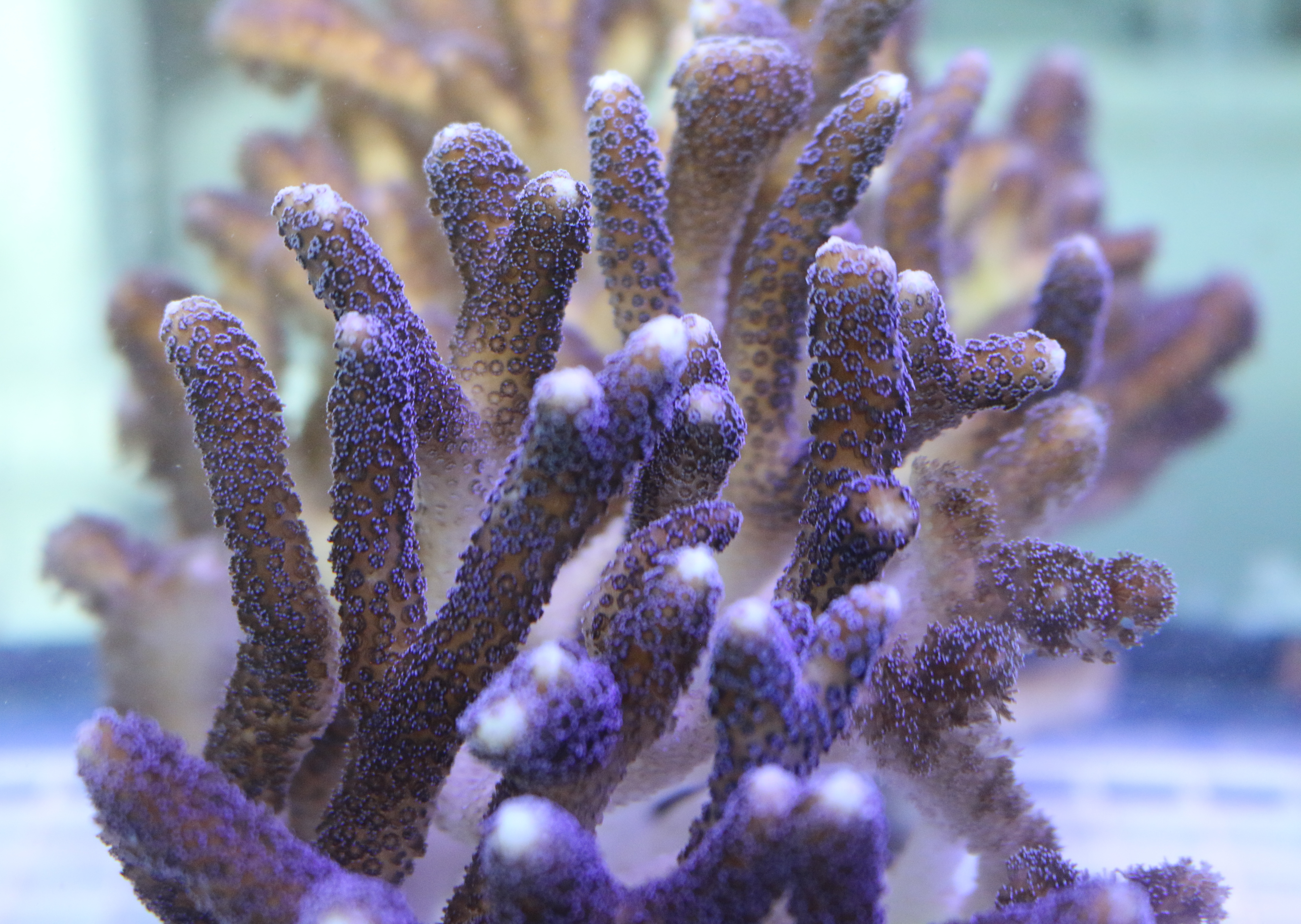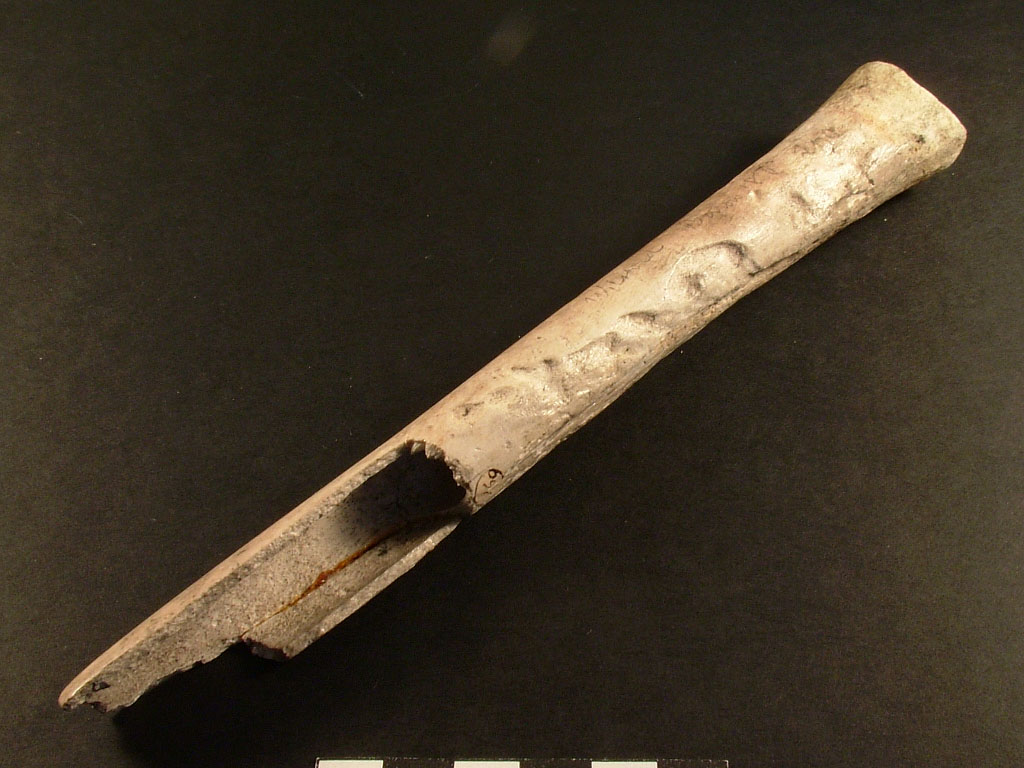Now, scientists report in ACS Central Science that the unique tenacity of collagen in dinosaur skeletons may result from a molecular structure that shields these vulnerable bonds from attack by water that’s present in the environment.
Tag: Bones

Scientists ID burned bodies using technique used for extracting DNA from wooly mammoths, Neanderthals
A technique originally devised to extract DNA from woolly mammoths and other ancient archaeological specimens can be used to potentially identify badly burned human remains, according to research from Binghamton University, State University of New York.
Bone density is kept up by the same process with hair color
A team of researchers led by Osaka University find an overlap in the mechanism of hair color determination and bone resorption, which is associated with bone related diseases like osteoporosis

The first prehistoric wind instruments discovered in the Levant
Although the prehistoric site of Eynan-Mallaha in northern Israel has been thoroughly examined since 1955, it still holds some surprises for scientists. Seven prehistoric wind instruments known as flutes, recently identified by a Franco-Israeli team.
Forensic Study Sheds Light on the Remains of Infants, Children
A forensic science study sheds light on how the bones of infants and juveniles decay. The findings will help forensic scientists determine how long a young person’s remains were at a particular location, as well as which bones are best suited for collecting tissue samples to help ID the deceased.
Self-powered implantable device stimulates fast bone healing, then disappears without a trace
Researchers know that electricity can help speed up bone healing, but “zapping” fractures has never really caught on, since it requires surgically implanting and removing electrodes powered by an external source. Xudong Wang’s latest invention may make electrostimulation a much more convenient option to speed up bone healing.

Corals Carefully Organize Proteins to Form Rock-Hard Skeletons
Charles Darwin, the British naturalist who championed the theory of evolution, noted that corals form far-reaching structures, largely made of limestone, that surround tropical islands. He didn’t know how they performed this feat. Now, Rutgers scientists have shown that coral structures consist of a biomineral containing a highly organized organic mix of proteins that resembles what is in our bones. Their study, published in the Journal of the Royal Society Interface, shows for the first time that several proteins are organized spatially – a process that’s critical to forming a rock-hard coral skeleton.

Radiocarbon dating and CT scans reveal Bronze Age tradition of keeping human remains
Using radiocarbon dating and CT scanning to study ancient bones, researchers have uncovered for the first time a Bronze Age tradition of retaining and curating human remains as relics over several generations.
Acid Reflux Drugs Linked to Increased Fracture Risk in Kids
Proton pump inhibitors – a widely used class of drugs used to treat acid reflux and related symptoms – may lead to an increased risk of fractures in children and adolescents, reports a study in the Journal of Pediatric Gastroenterology and Nutrition (JPGN). Official journal of the North American Society for Pediatric Gastroenterology, Hepatology and Nutrition (NASPGHAN) and the European Society for Paediatric Gastroenterology, Hepatology and Nutrition, JPGN is published by Wolters Kluwer.